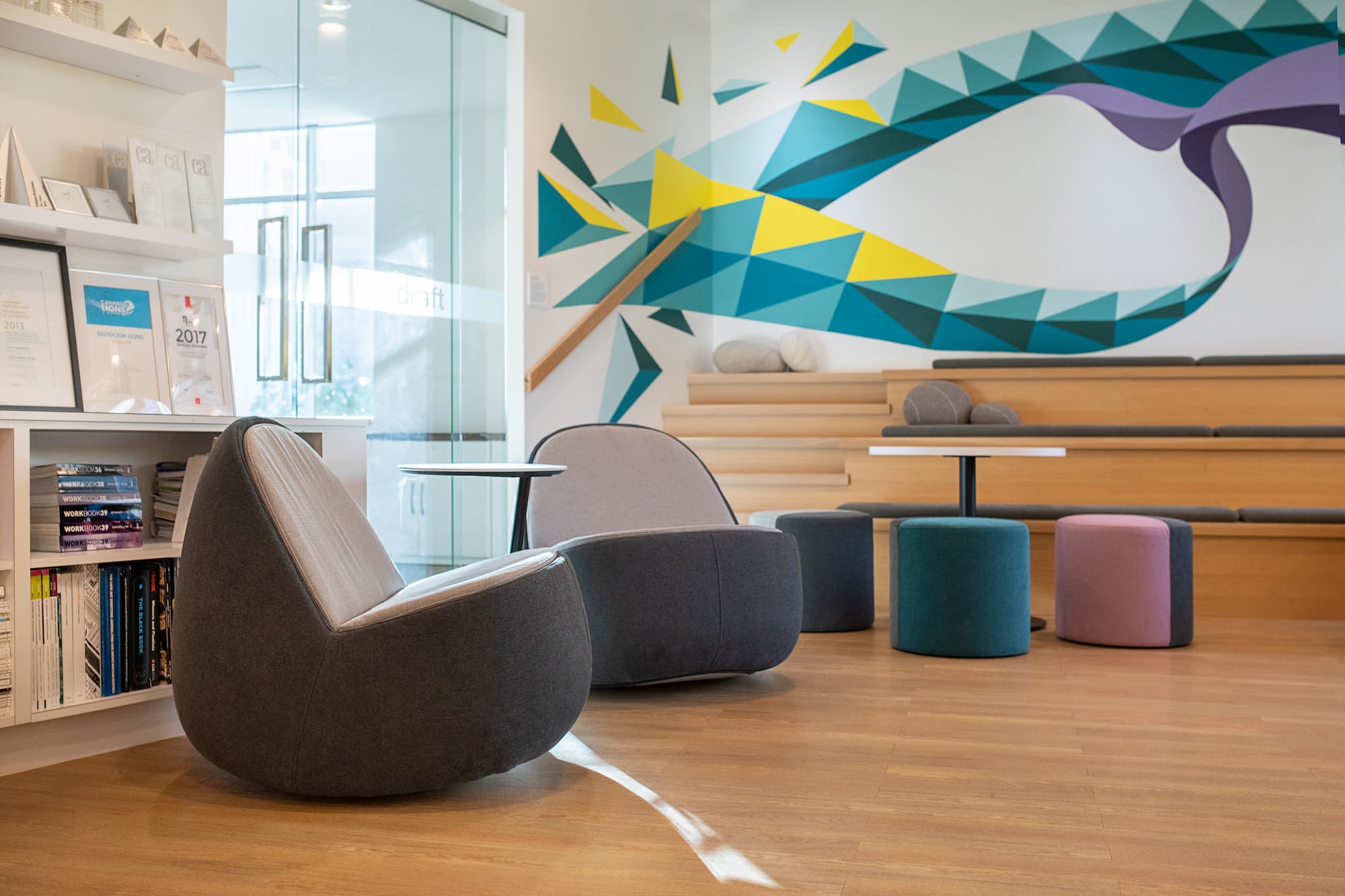A Changing Landscape: How Adaptive Furniture Solutions Can Liberate Learning in Your School
March 26, 2024

The educational landscape is rapidly evolving and increasingly tech-laden. This development doesn't have to mean students will be endlessly distracted or out of reach, though. With the right classroom strategy, you can keep them engaged and excited to learn.
For every challenge educators face today, the solutions available are just as numerous and dynamic. Traditional approaches are falling short; schools must rethink their furniture choices and classroom design. When it comes to creating more active learning spaces, inclusive environments, and collaboration among students, adaptive teaching methods and learning environments offer a vision for the future—that you can bring to life today.
This blog will cover adaptive furniture basics, how they can impact learning outcomes, and examples of adaptive furniture in action. With our inspiration and tangible tips on planning, you can revolutionize learning in your classroom.
The Importance of Adaptive Furniture in Education
Changing Educational Landscapes
A decade ago, having movement-friendly furniture in a classroom was nearly unheard of. Now, educators are beginning to leverage the benefits of offering students more options in their learning environment than to 'sit down, be quiet, and be still.' It's not uncommon to see bike desks, wobble stools, and rocking chairs sprinkled amongst standard chairs to bring variety and intrigue to the classroom. As computers and other technological devices become more common, collaboration and movement become more critical in engaging students and balancing screen-based activities.
Student-Centric Learning
A classroom setting should provide students with the academic support they need and physically accommodate diverse learning styles to foster inclusivity and accessibility. The more students can adapt and control their environment to connect or disconnect from one another at the appropriate times, the more they can be encouraged to include each other through physical proximity and isolate themselves to focus as needed.
Flexibility and Adaptability
Explorative assignments and hands-on experiments are increasingly popular ways to get students more involved and own the learning process. However, static furniture can be challenging to navigate in the classroom, hinder movement, and create unnecessary distractions. To accommodate these teaching methods, educators need the ability to adapt their classrooms and grow with their students. Adaptive furniture allows teachers and students to easily and quickly transition from focused solo work to partnered peer reviewing to group projects and back again.
Examples of Adaptive Furniture in Action
Modular Desks and Tables
Traditional rows of desks are great for lecture-style teaching but limit collaboration. Modular desks and tables allow students and teachers to regularly rearrange seating to better suit their current lesson or unit. For example, hexagon-shaped desks quickly form circles of three, four, or six compared to square desks. Triangle desks can offer interesting row patterns where students can face each other. Molecule desks can form a unique U shape or semi-circle in addition to individual seating options.
Soft Seating and Breakout Furniture
Giving students a designated area to take a break can create a sense of autonomy and independence in the classroom that benefits everyone. Whether a student needs somewhere to regulate and soothe their nervous system after an emotional moment or appreciate an informal area to gather their thoughts and get inspired for an assignment, soft seating, and breakout furniture could be the answer. Surrounding this seating with special lighting, decor, or nature elements can add a relaxing touch.
Height-Adjustable, Movable Whiteboards and Smartboards
Modern and adaptive classrooms use flexible whiteboards and smartboards rather than fixing chalkboards on the wall, allowing teachers to shift their focus to a small group of students in one corner while the rest of the class does independent or group work. Teachers can also turn movable whiteboards into brainstorming tables where students can visually and kinesthetically engage with the topic. 'Writing on the table' can also add a splash of fun to collaborative work, creative problem-solving, and storyboarding. These boards can provide a space for everything—from working out a math model to creating a topical web.
Choosing the Right Furniture Solutions for Your Space
Assessing Needs
When evaluating your students' needs, first consider their age, the standard range of heights and weights among them, and any unique learning needs they may have. An advantage of adaptive learning space design is that you can accommodate various students in one room. Consider creating quiet nooks for students who need distraction-free spaces and collaborative seating arrangements for those who need social interaction while learning. To support educators in your space, think about the subjects being taught, teaching styles at play, and technology required in various classrooms.
Quality and Durability
Sustainable design isn't just about choosing natural or recycled materials; it's also about selecting furniture that is built to last. It's no secret that students can be particularly rough on furniture. Even with normal repeated use, the wear and tear can be significant. Choosing durable metals, thick and heavy plastics, and sturdy wood materials is key for building a classroom environment that feels high-quality for years to come.
Aesthetic and Design
Colors and shapes can subtly signal to students what type of learning environment they're in. Neutral colors like beige and gray have their place to create a clean and calming aesthetic, but an overabundance of them can turn a classroom into a dull and unengaging space. Mixing up the colors of your furniture and intentionally adding splashes of blue, green, and red can direct student's focus and gently energize them in their learning environment. Furniture in various heights that offer fidget-friendly features like rocking bottoms can also accommodate diverse bodies while providing students opportunities for movement and stimulation.
The furniture you choose to surround your students with can liberate and empower their learning. Turn your classrooms into spaces full of possibility, flexibility, and freedom where they truly want to be! Meet with a CDI design consultant to explore innovative, adaptive furniture solutions for your school today.

